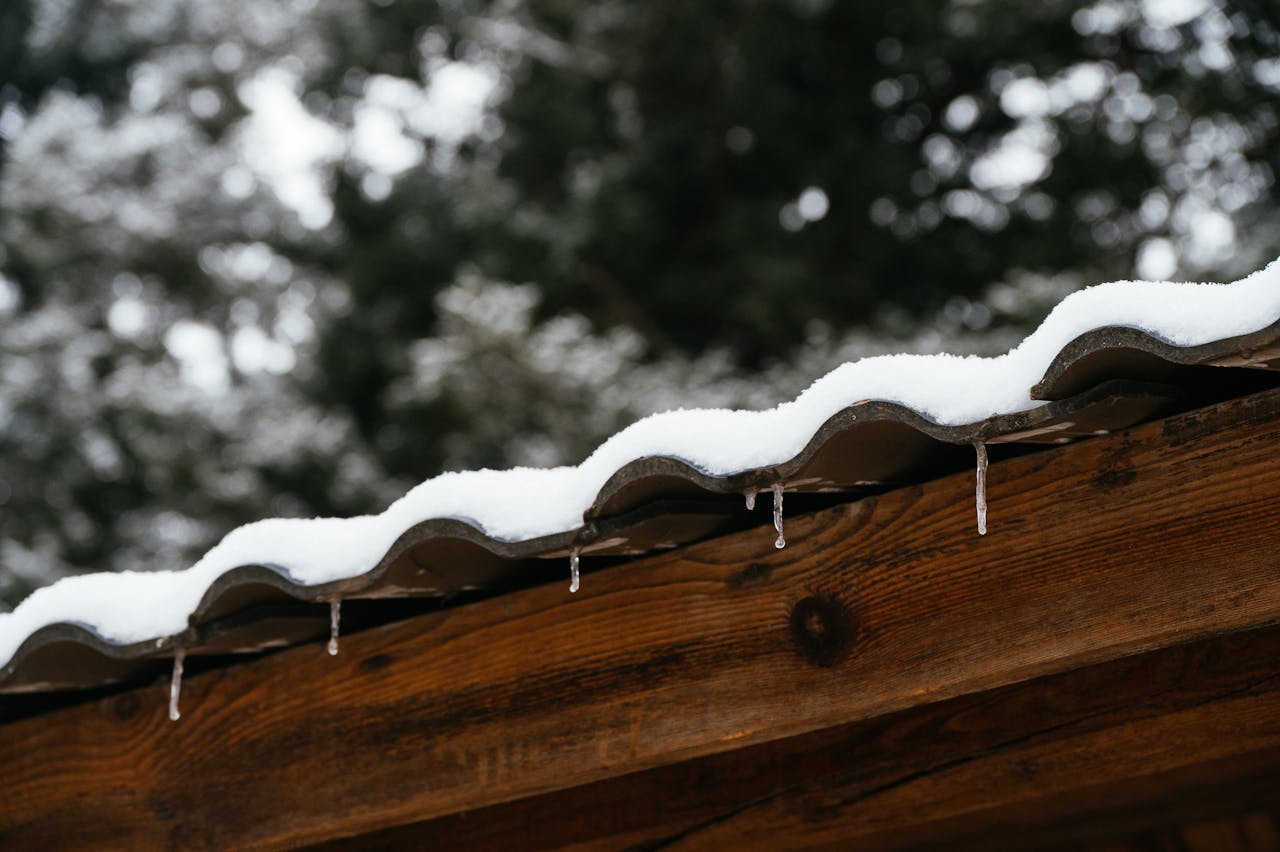
How to File an Earthquake Insurance Claim and Navigate the Process
Earthquake insurance is a valuable safeguard for homeowners, especially for those who live in areas prone to seismic activity. While no one wants to think about an earthquake damaging their home, being prepared for the possibility can make a huge difference when the time comes to file a claim. In this guide, we will walk you through the process of filing an earthquake insurance claim and offer tips on how to navigate the steps with ease.
What Is Earthquake Insurance and Why Is It Important?
Earthquake insurance is a specialized policy designed to help homeowners recover after an earthquake. Unlike standard homeowners insurance, which generally does not cover earthquake damage, this type of coverage helps protect your home’s structure and your personal belongings from the financial strain of repairs or replacement. If you live in an area where earthquakes are common, having earthquake insurance could be essential to protect your property and peace of mind.
How to Prepare for an Earthquake Insurance Claim
Before you ever need to file a claim, preparation is key. The better you prepare in advance, the smoother the process will be when disaster strikes.
- Keep an Updated Inventory: One of the first things you can do to help with the claim process is maintain an updated inventory of your home’s contents. This can include everything from furniture and electronics to jewelry and personal items. A well-documented list of your possessions will provide proof of loss and make it easier to process your claim.
- Take Photos or Videos: Documenting your home’s condition before an earthquake can be invaluable. Take clear photographs or videos of your home’s interior and exterior, focusing on any areas of value or potential risk. Store these images in a secure location, such as a cloud-based storage service, so they remain easily accessible after an earthquake.
- Understand Your Coverage: Earthquake insurance policies vary, so it is important to understand what is covered and what is not. Review your policy carefully to determine if it covers expenses such as temporary living costs or if it includes exclusions, such as landslides or flooding.

Steps to File an Earthquake Insurance Claim
If your home suffers damage from an earthquake, here are the key steps you should follow to file your claim:
Step 1: Assess the Damage
After the earthquake, make sure you and your family are safe. Once the immediate threat has passed, assess the damage to your home. Look for structural issues like cracks in the foundation, walls, or roof. Also, check for damage to your personal property such as furniture, electronics, or valuables.
Step 2: Contact Your Insurance Provider
The next step is to contact your insurance company as soon as possible. Most companies offer a hotline or dedicated service for claims related to earthquakes. When you call, be prepared to provide details about the damage, including the date and time of the earthquake, and your policy number. Your insurer will guide the next steps and how to proceed with filing the claim.
Step 3: Document the Damage
One of the most important parts of filing an earthquake insurance claim is documenting the damage. Take detailed photographs or videos of everything that has been affected, including both structural damage and damaged belongings. This documentation will serve as critical evidence when working with your insurance company.
Step 4: Work with the Insurance Adjuster
Once you have filed your claim, your insurance company will assign an adjuster to inspect the damage. The adjuster will visit your home to evaluate the extent of the damage and estimate the cost of repairs. Be sure to meet with the adjuster and provide any documentation, such as photos or video, that you’ve gathered. This will help ensure that the damage is assessed correctly and included in the claim.
Step 5: Review the Payout Offer
After the adjuster completes the inspection, your insurance company will provide an offer for how much they are willing to pay out for the claim. It's important to carefully review the offer and compare it with your repair estimates. If the payout is not sufficient to cover the damage or if you disagree with the valuation, you may have the option to appeal the decision or request a re-evaluation.
Step 6: Start Repairs
Once you have received your payout, you can begin the process of repairing the damage to your home. Some policies may include temporary housing assistance if your home is uninhabitable, so be sure to check your coverage for this. You may also need to follow specific guidelines on how to make repairs to ensure that the work meets your insurance company's requirements.
Common Issues and How to Handle Them
While filing an earthquake insurance claim is generally a straightforward process, there may be some issues along the way. Here are a few common challenges and how to handle them:
- Claim Denials: Sometimes, claims can be denied due to issues like missing documentation or misunderstanding the policy coverage. If this occurs, please contact your insurance provider and request clarification. You can also request a second opinion or appeal the decision.
- Disputes Over the Payout: If you feel the insurance company’s offer is not enough to cover your repairs, you can negotiate with the adjuster or provide additional evidence, such as a contractor's estimate, to support your claim for a higher payout.
- Delayed Claims: After a major earthquake, insurance companies may face a backlog of claims. If your claim is delayed, stay in regular contact with your insurer to get updates on the status of your claim.
When to Start Repairs
Starting repairs after an earthquake requires careful consideration. It is essential to follow the correct steps to ensure that your earthquake insurance policy provides proper coverage for the repairs. Here are key things to know about when to begin the repair process.
Wait for the Insurance Adjuster’s Inspection
One of the most important steps before starting repairs is to wait for the insurance adjuster to assess the damage. The adjuster will need to visit your property, inspect the damage, and provide an estimate of repair costs. This is necessary to ensure that the insurance company has an accurate understanding of the damage before any work begins. If you start repairs without the adjuster's assessment, it could affect your claim and the amount you are reimbursed.
Temporary Repairs to Prevent Further Damage
While you should wait for the adjuster, there may be cases where temporary repairs are necessary to prevent further damage to your property. For example, you may need to board up windows or patch up a leaking roof to protect your home from additional weather damage. Insurance policies typically cover emergency repairs, but it is essential to keep detailed records of the work done. Be sure to take photos of the temporary repairs and save any receipts for materials or labor used.
Document the Condition Before Starting Repairs
Before starting any repairs, ensure that you document the condition of the damaged areas. This documentation should include clear photographs or videos of the damage to your property. Having evidence of the damage before repairs begin will help support your earthquake insurance claim and ensure that your insurer sees the full extent of the damage.
Follow Insurance Guidelines for Repairs
Once the insurance adjuster has inspected your property, you can begin the repairs. However, it is important to follow any guidelines set by your insurance company. Some policies may require that certain repairs meet specific standards to be covered. Check with your insurance provider to ensure that you comply with their requirements.
Keep All Receipts and Invoices
As you begin repairs, make sure to keep all receipts and invoices related to the work. This includes both temporary repairs and permanent fixes. Your insurance company may require this documentation when processing your claim. Keeping detailed records will help ensure that you are reimbursed for the cost of repairs and avoid any issues later on.
Consider Hiring Professional Contractors
For major repairs, it is often best to hire a professional contractor. Contractors experienced in earthquake-related damage will know how to make the necessary repairs and ensure that the work meets building codes and insurance requirements. Hiring a professional can also expedite the process and ensure that the work is completed correctly.
Verify that the Repairs Are Covered by Insurance
Before committing to expensive repairs, check with your insurance provider to confirm that the work is covered under your policy. Some repairs may require approval or a second inspection. Verifying that the repairs are covered can prevent unexpected costs down the road.
Start Your Quote Today
Our licensed specialist will search for the best insurance quotes and will email you when ready.



